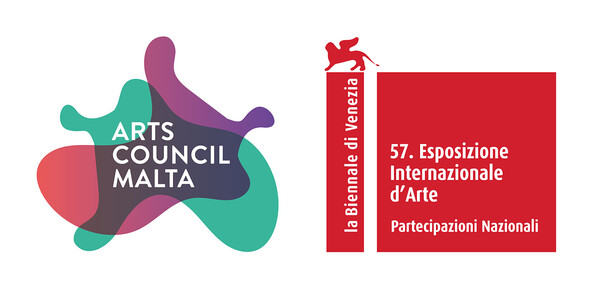May 13–November 26, 2017
Artiglierie, Arsenale
Venice
Italy
This year brings the return of Malta to the 57th Venice Biennale. 2017 is a year of cultural resurgence for Malta: the country currently has the role of Presidency of the Council of the European Union and soon Valletta will be the European Capital of Culture in 2018. The presence of the Malta Pavilion places the country under an international spotlight and hails the start of a new era for the nation’s contemporary art scene.
The conceptual exhibition: Homo Melitensis: An Incomplete Inventory in 19 Chapters delivers an associative investigation of Maltese identity in a complex installation that brings artworks, objects, and documents together in a nonhierarchical, a-chronological setup. The 19 chapters take audiences into an elaborate journey that travels simultaneously in different directions, taking in specimens of natural history, a national genome, an ancient shipwreck, migration, cartography, ritualistic objects, transgender characters, and other artifacts that playfully combine fact and fiction, identity construction and deconstruction, with subversive objects meeting obedient objects.
The 19 characters of the Maltese alphabet have also been used as chapter headings by the artist-curators Raphael Vella and Bettina Hutschek. The result is a spirited, often provocative address of Maltese cultural identity, history, religion, myths and politics, expressed through over 200 items of ephemera and historical artefacts and the work of 13 Maltese contemporary artists either based in Malta from the Maltese diaspora. It brings together examples of what is fascinating and fantastical, imaginative and inspiring about Maltese culture, and places contemporary art at the heart of it.
Homo Melitensis is a Maltese man—an everyman—who dwells on the island surrounded by the sea and ancient relics. Each letter of the alphabet becomes a chapter that has been attributed a sub-heading to explore “his” or Malta’s history, be it through dreams, memories, war, diaspora or daily life. For instance, the letter “D” represents the “fortified island” and the great feats of engineering to construct the walls made by the Medieval Knights to defend Valletta. These now multi-purpose walls are reflected in the triptych of paintings by artist Teresa Sciberras.
Saintly iconography is incorporated into Darren Tanti’s L’Annalisa—a modern, young Maltese woman featured in “G” for “physlogonomy,” in a chapter that examines the “face” of the Maltese. “Subjects to avoid when talking to strangers” is the heading for “Ġ,” which looks at censorship, political correctness and taboos. Satirical cartoonists Joe Sacco and Maurice Tanti Burlò (known as Nalizpelra) address the reaction to the immigration crisis in The Unwanted and hunting lobbyists in Shots for Votes, respectively. David Pisani’s photograph Strait Street depicts what was once Valletta’s gathering point for prostitutes and Roxman Gatt‘s animation Virgin Mary’s Love Juice playfully juxtaposes religious images and blasphemy.
“GĦ” stands for “Gender and/or” and features the works of Gilbert Calleja. His works titled Liminal are a series of dazzling and intimate portraits of transgender life, challenging a prehistoric clay statue of an ideal female torso, also exhibited. “Religious Objects” feature under chapter “H,” illustrated by Austin Camilleri’s Rosary—made up of dozens of crying baby heads. Further holy relics are reimagined in sculpture by Aaron Bezzina with his Untitled (cruci-hammer and nail), which subverts the image of the cross in “Ħ,” “Us and Them.”
“I” stands for “strangers coming to stay,” featuring Pia Borg’s film Silica which examines the Maltese diaspora from the perspective of being born in Australia, alongside the “alien” of red palm weevils who have destroyed many Maltese palm trees.
Traditional feasts occur across the Maltese islands, which bring communities together and feature over many spring and summer, and artist Adrian Abela has documented the experience of many in his film Nebula, featuring in “IE” for “festa!!!” Karine Rougier meanwhile re-appropriates a vintage graphic with her own festive projection in the surreal Horses dream.
The intricate sculptures comprised of hundreds of rabbit bones symmetrically fused together by artist John Paul Azzopardi are in the chapter “L” for “between melangia and uff,” which addresses past lives and nostalgia, but also visions of the future.
The Malta Pavilion is commissioned by Arts Council Malta.
Media enquiries: Emma Pettit at Margaret emma [at] margaretlondon.com / T +44(0)20 7739 8203



